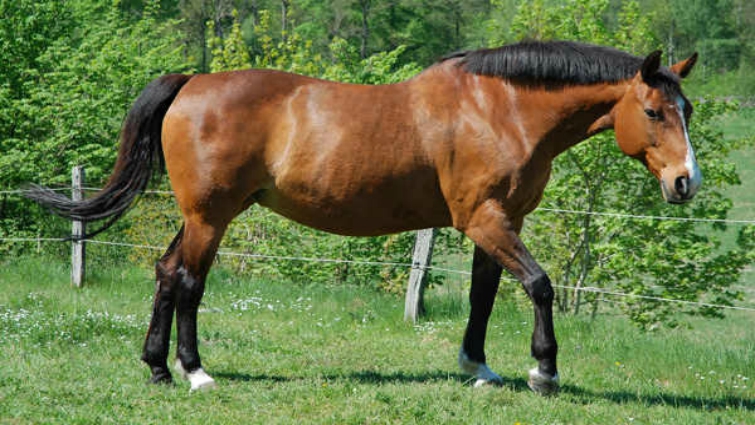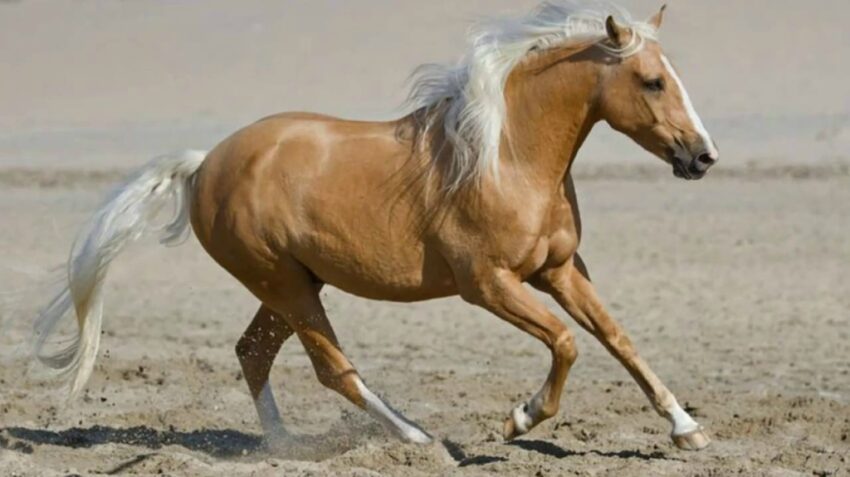While the saying “a good horse is never a bad color” is certainly true, it’s especially nice when you can have both a good horse and a nicely-colored one in the same package. And as it turns out, the earliest domesticators of horses felt the same way.

Researchers with the Leibniz Institute for Zoo and Wildlife Research in Berlin told Discovery.com that 5,500 years ago, all horses were drab brown, much like Przewalski’s horses. It wasn’t until humans got involved that colors were intentionally selected for inbreeding. Remember Genetics Class? The genes of the horse determine everything about that animal, and they are passed from generation to generation in chromosomes.

The location of a gene on a chromosome is called the locus, and there are two alleles, or alternate states of a particular gene, at each locus. A dominant allele is one that masks the traits of the recessive (unexpressed) allele, and the way the two are paired indicate which allele is expressed.

If a horse carries two dominant or recessive alleles for a gene, he is said to be homozygous for that trait. If he carries one dominant and one recessive allele, then he is heterozygous for the trait. Although it sounds complicated, in easier words evolution and genetic changes are the incentives of the diverse colors in horses that we have today.

